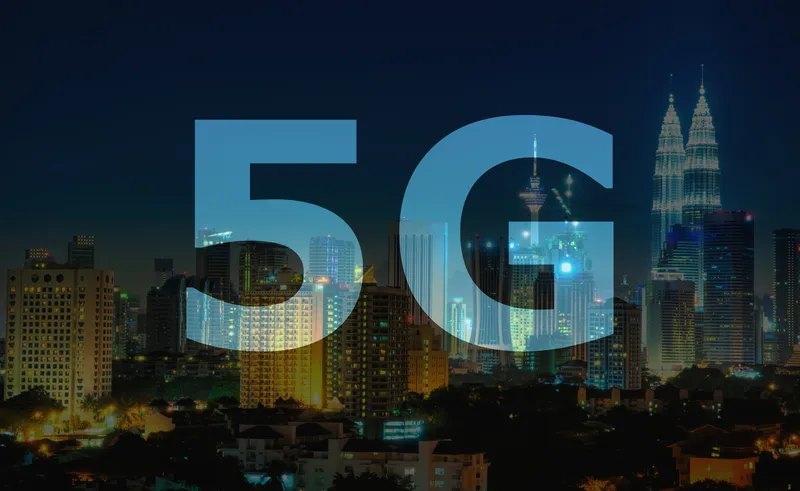The submission date for papers for the ITS World Congress has been extended from 13 January to 25 January 2016. The extension applies to Technical, Scientific or Commercial Papers and Special Interest Session proposals.
Topics, guidelines and requirements for all paper and session categories can be found in the Call for Papers brochure.
January 13, 2016
Read time: 1 min
The submission date for papers for the 6456 ITS World Congress has been extended from 13 January to 25 January 2016. The extension applies to Technical, Scientific or Commercial Papers and Special Interest Session proposals.
Topics, guidelines and requirements for all paper and session categories can be found in the Call for Papers brochure.
Topics, guidelines and requirements for all paper and session categories can be found in the Call for Papers brochure.









